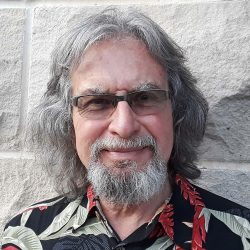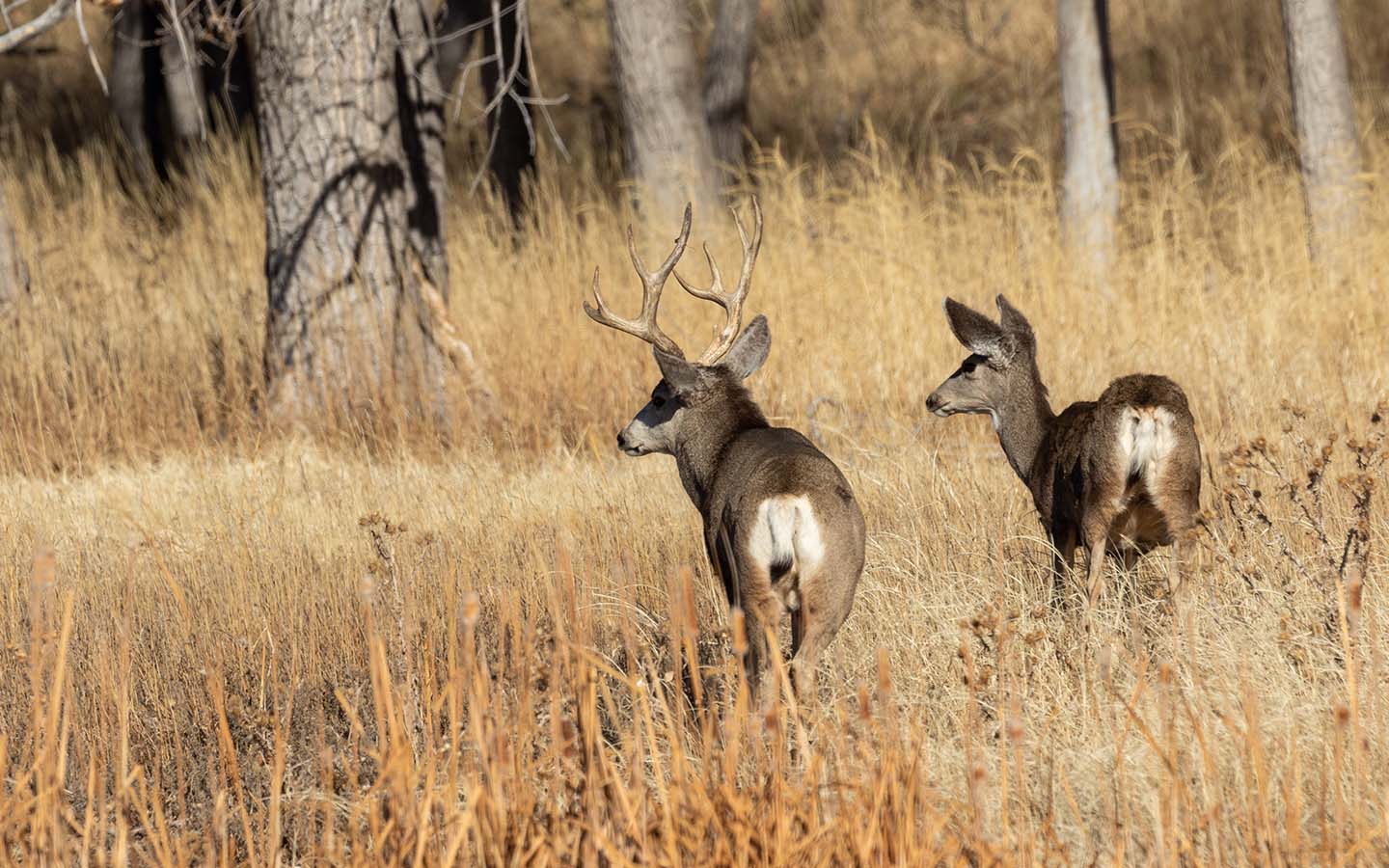In the first issue of On Land, there is an interview with former Secretary of the Interior Ken Salazar, my neighbor and friend on the Conejos River here in the San Luis Valley. I regard Ken as a true vecino, which literally means “neighbor” but which can also have the special connotation of referring to members of families who were among original settlers, of Colorado in our case. We both grew up within the Indo-Hispano agropastoral tradition. At the end of the interview, Secretary Salazar says eloquently:

My brothers and I still ranch on our ancestral lands and the lands we have acquired along the branches of the Rio Grande. These last few months, I have spent a lot of time down there and it has been inspirational to see the wildflowers, the grass turning from brown to green, the deer, the eagles, all the different wildlife. It is so much a spiritual center of what life is all about.
Once Ken told me he was cautious not to allow cattle on his ranch in places where waterfowl are nesting. I will always remember his remark as a reminder of how important it is, ethically, spiritually and ecologically, to honor and protect wildlife.
Each spring I am honored to witness hundreds of elk and deer migrating along the Conejos River through my ranch. Foxes and coyotes also cross my property. Such awesome experiences are made possible by the existence of wildlife habitat, which in many instances is made possible by the tolerance of ranchers for wildlife on our property.
The Western Slope Connectivity Project has emphasized the vital need of animals to roam and migrate. For large mammals in particular, the ability to rove suitable, unfenced, sometimes unoccupied habitat across spacious geographic regions is how they avoid inbreeding, how they establish new territories and how they find food and water — activities that also enable them to resist illness and adapt to an ever-changing climate.
As a fifth-generation landowner, I myself have a deep and abiding connection to land. My family settled near the town of Antonito in the 1850s and soon after established the historic ranch where I now live. García Ranch Headquarters was recently listed on the National Register of Historic Places to preserve the Indo-Hispano culture that has supported the ecologically friendly agro-pastoral traditions of the San Luis Valley since the first Spanish-speaking families settled here in the 1850s.
I grew up in the ranchero tradition, herding sheep; then later, cattle, learning from my father’s Basque sheepherders and my older brother how to respect all animals, to irrigate and put up hay, and to carry out commonplace ranch activities.
My basic understanding of ranching in the San Luis Valley derives from my experience of the principle of transhumance, which refers to the practice of moving animals like sheep and cattle through what would be their natural migration routes in accordance with the seasons. Traditionally, during seasonal cycles, ranch animals are herded overland through corridors of movement established by land tenure patterns and by nature. The practice of transhumance by ranchers allows the animals to follow their typical migration patterns through the various ecotones, or transition regions between habitats, at different elevations.
I learned from my older brother the priorities by which a rancher lives, guided by ecological values involved in caring deeply for land and animals and maintaining the Indo-
Hispano heritage of conservation. And I firmly believe a rancher’s chief priority is to protect lands—and the wildlife migrating through them. This provides a wholesome living while encouraging a spiritual view of nature, one which honors and protects wildlife. I hold this belief deep in my blood and bones. The land doesn’t belong to me; I belong to the land, as do we all. In a talk I gave at the Headwaters Conference in 2013, I said:
“The swallows and wrens that return each year teach me not to cling too strongly to my homeland here on el Rio de los Conejos. Yes, they return here to nest and raise their young, as I once did. But they do not stay beyond that season of their lives, which are too short for lingering, no doubt. They travel on, to where I know not. Nor do I know where they come from. It is enough that they know. And they remember well enough to repeat their cyclical journeys their whole lives, to which there is a mystical completeness, like the all-encompassing environment of earth and sky surrounding every single being.”





